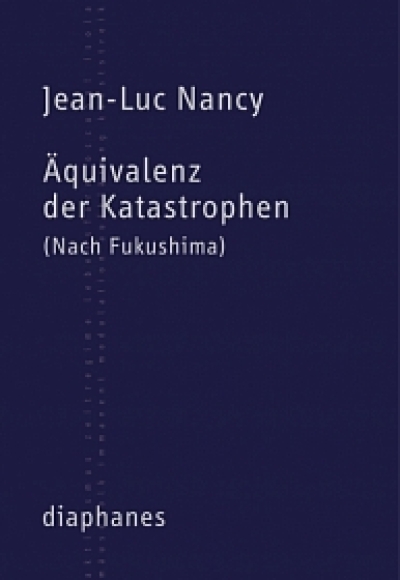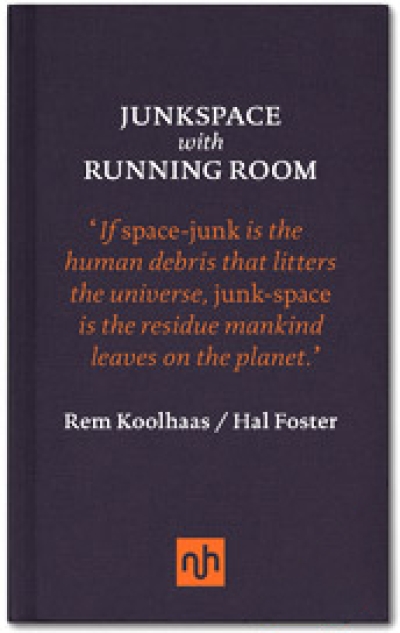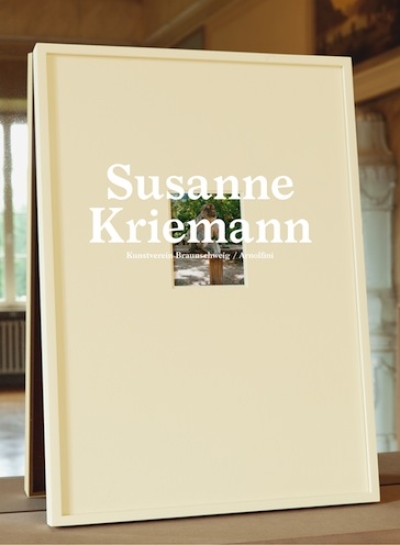
Establishing a Critical Corpus
Published on the occasion of his exhibition at the Swiss Pavilion of the 2011 Venice Biennale, "Establishing a Critical Corpus" is the first theoretical book to extensively examine the practice and artworks of Thomas Hirschhorn, one of today's leading international Swiss artists. Born in 1957, and living and working in Paris since 1984, Thomas Hirschhorn is the author of a large body of work (site-specific installations, films, drawings, etc), immediately recognizable for its political conscience and its formal vocabulary. His work elicits debate, analysis, and a profound discussion of artistic and social issues.
"Establishing a Critical Corpus" is thus a charged and intense "textbook," providing texts and topics "to think about": Hirschhorn's work in general, a specific part of his work, one of his pieces, issues that extend beyond his work, and so on. These fully illustrated texts constitute the core of the book. As the artist says: "This publication asserts and gives form to one of my goals: 'Establishing a Critical Corpus.' A 'textbook' is what people are interested in: a critical and sovereign approach to art, to an artwork of today, and—in this case—to my artwork."
To establish this dense critical corpus, six authors from different fields and backgrounds were invited to contribute to the publication. They are Claire Bishop, Professor of Art History at CUNY Graduate Center; Sebastian Egenhofer, Professor of Art History at the University of Basel; Hal Foster, Professor of Art History and Archaeology at Princeton University; Manuel Joseph, a poet based in Paris; Yasmil Raymond, Curator at Dia Art Foundation, New York; and Marcus Steinweg, a philosopher based in Berlin. They give a remarkable insight into the uncompromising art and aesthetics that Thomas Hirschhorn has been building consistently for 25 years.
The book is published with the Swiss Federal Office of Culture on the occasion of the Swiss participation at the 54th Venice Biennale 2011.
http://www.jrp-ringier.com/pages/index.php?id_r=4&id_t&id_p=15&id_b=2056

































































































